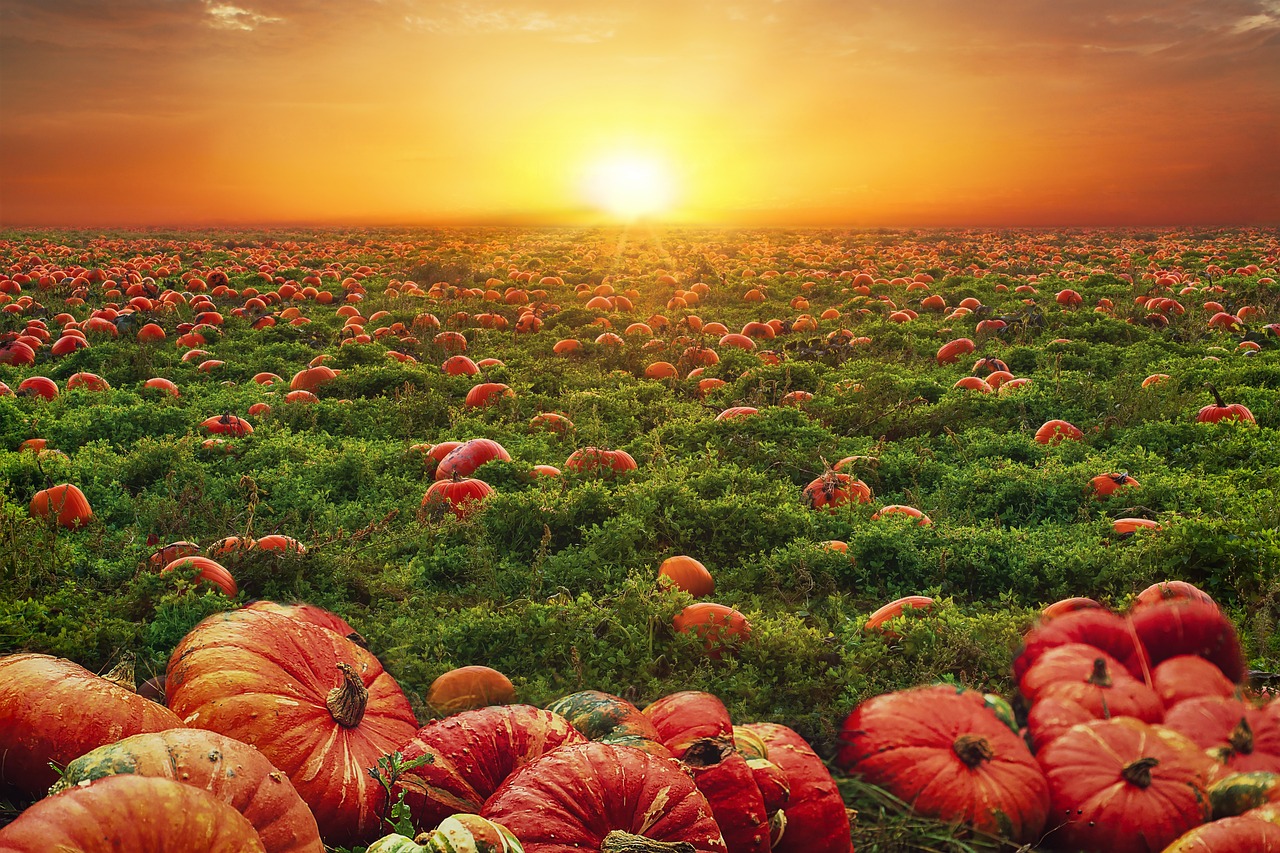Peter, Peter Pumpkin Eater is one of the English nursery rhymes, and it consists of a round folk song with index number -13497. This rhyme was first published in Britain and only existed in the late 18th century or early 19th century.
Then, in 1825, the rhyme was published in Boston, Massachusetts at Mother Gooses Quarto, otherwise known as the complete melodies.
However, some of the words which are collected from the place called Aberdeen, Scotland, published during the year 1868, had some of the following terms:
Peter, my neeper
Had a wife
And he couldn’t keep her
He pats her I the way
And lat a’ the mice eat her.
Peter was a poor man, and he married an unfaithful woman. It seems that his wife keeps on cheating Peter continuously and hence had a plan to stop all these from his wife. The solution for this comes with the chastity belt which is the pumpkin shell.
A chastity belt can be said to be metal underwear (with a pair), a lock, and a key. Hence, no one can enter the women’s private regions except the person who has the key. So, that person will be Peter (her husband).
After this, all the above-included words have adapted in the rhyme and thought in America. All these verses can also be said for the older rhyme themes of Eeper Weeper.
Some of the popular versions include the words on the rhyme as follows:
Peter, Peter pumpkin eater.
I had a wife but could not keep her.
He put her in a pumpkin shell
And he kept her very well there
Peter, Peter’s pumpkin eater
They had another wife and did not love her
Peter learned to read and spell
And then he loved her very well.
The above lyrics clearly say that the words refer to somebody’s wife’s murder. This rhyme has reached British children only recently, and only from this rhyme do children in British places learn what pumpkin means.
Even most British people have never tried eating pumpkin and are not aware of the vegetable pumpkin.
Most people would have grown up by saying rhymes such as twinkle, twinkle little star, Jack and Jill, Peter, Peter pumpkin eater, etc.
All these rhymes have been started with some of the historical events along with the gossip.
Hence, rhymes are still learned, and even today, small kids are learning all these rhymes.
The Enigma of “Peter Peter Pumpkin Eater”: Unraveling the Roots of this Classic Nursery Rhyme
Here’s a grand chessboard, where each move is a stroke of pen on paper, each piece a character from our childhood. One such piece that stands out is the age-old rhyme, “Peter Peter Pumpkin Eater.” It’s a familiar tune, but have you ever stopped to ponder its origin? Like an intriguing game of chess, let’s strategize and delve into the fascinating history behind this classic nursery rhyme.
#1: The Opening Move: Setting the Scene
“Peter Peter Pumpkin Eater” first appeared in print in 1825. However, it’s believed to be much older, possibly dating back to the 18th century. This was an era when rhymes were passed down orally from generation to generation. Imagine parents and grandparents huddled around their children, sharing tales and songs under flickering candlelight – a beautiful tradition that kept stories alive.
#2: The Knight’s Leap: The American Connection
Interestingly enough, “Peter Peter Pumpkin Eater” is thought to have originated in America because of its reference to pumpkins – a crop native to North America. This makes it one of the few nursery rhymes with American roots amidst countless others originating from England.
#3: The Bishop’s Slide: Hidden Meanings
Many nursery rhymes carry hidden meanings or historical references beneath their innocent veneer. Some believe “Peter Peter Pumpkin Eater” is no exception. One theory suggests that ‘pumpkin shell’ refers to a chastity belt used in medieval times, while others suggest it symbolizes marriage or domestic life.
#4: Checkmate with Folklore: Linking with Wicked Wives
There’s also speculation that “Peter Peter Pumpkin Eater” could be related to older folk tales about men with unfaithful wives. In these stories, like the French tale “Bluebeard,” the husbands often resort to drastic measures to control their wives, similar to Peter’s actions in the rhyme.
#5: The Pawn’s Promotion: Evolution Over Time
Over time, like a pawn reaching the opposite end of the chessboard and becoming a queen, “Peter Peter Pumpkin Eater” has evolved. Variations of the rhyme have appeared in different regions and cultures, each adding its unique flavor while maintaining the original essence.
#6: The Queen’s Gambit: The Rhyme in Popular Culture
The nursery rhyme has also made its mark on popular culture. It has been referenced in various forms of media, from literature to movies, demonstrating its enduring appeal. For instance, Stephen King used it as a motif in his novel “IT,” while it was humorously parodied in Shrek.
#7: Endgame: An Enduring Legacy
Despite its murky origins and possible dark undertones, “Peter Peter Pumpkin Eater” continues to be a beloved nursery rhyme worldwide. Its catchy rhythm and memorable lines make it an enduring piece of our collective childhoods.
So there you have it – your journey through the enigmatic world of “Peter Peter Pumpkin Eater.” Like a well-played game of chess, understanding its history adds layers of depth to this seemingly simple nursery rhyme.

